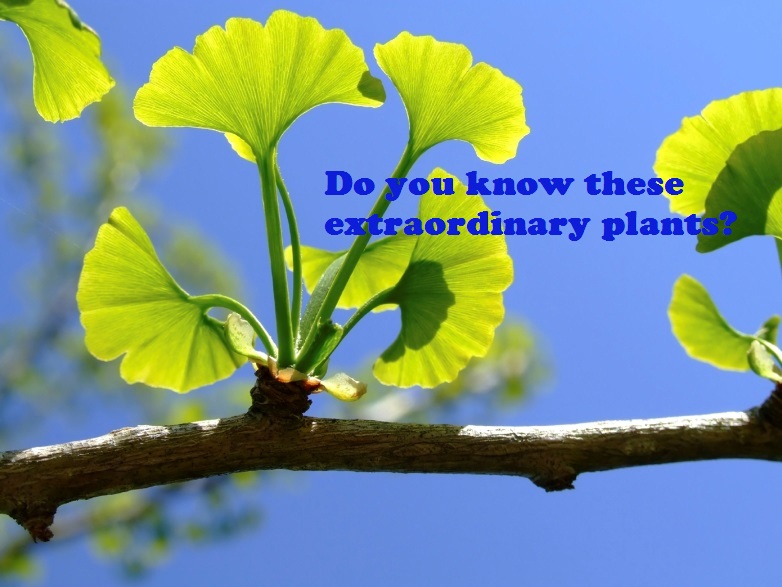
“Do you know these extraordinary plants?”
The lower plants are thought by most people to be quite useless members of the plant kingdom. Being a group of lower plants, it remains unattended and their useful aspects are largely ignored. However these can be used for food, fiber, crafts, building material, abrasives, decoration and also as medicine. These lower group of plants are Gymnosperms, Pteridophytes, Bryophytes, Fungi and Algae.
See how these plants are helpful as food and medicines.
Featured image:Credit: https://www.nccih.nih.gov/
Seaweeds
Seaweeds are sea plants, plants that grown in the sea. The nutrients / vitamins / trace elements are more readily available in seaweeds / sea plants than they are in land plants.
Eedible-seaweed Seaweeds / Algae are identified by their colors and comprise of three divisions:
- Brown Algae / Seaweed – Phaeophyta
- Red Algae / Seaweed – Rhodophyta
- Green Algae / Seaweed – Chlorophyta
Algae Industry:
- Of the global seaweed harvest 85% – 95% goes to the food industry and is worth approx €4.1 billion p. a.
- The most valuable crop produced by seaweed aquaculture is Nori – Porphyra – a red seaweed / alga. The value of this crop is around US$ 2 billion p.a. (approx 130 t dry weight)
- The seaweed that produces the largest amount by aquaculture is Laminaria japonica – similar to the Irish Seaweed Laminaria digitata.
- China produces around 3.8 million tones p.a. of Laminaria japonica
- The majority of the seaweed industry is by aquaculture in Japan, China and North & South Korea.
Use of algae:
- Food and food supplements – edible seaweeds / algae that are sold as sea vegetables (sea veg, sea veggies) (image: sea weed and sea weed salad)
- Fertilizers, liquid seaweed extracts and soil conditioners
- Raw material for seaweed polymers such as the alginate industry
- Cosmetics, body care, thalassotherapy and medicinal preparations.
Pteridophytes: Ferns
Pteridophytes are vascular plants (plants with xylem and phloem) that reproduce and disperse via spores. Because they produce neither flowers nor seeds, they are referred to as cryptogams. The group includes ferns, horsetails, clubmosses, spikemosses and quillworts. These plants mostly known for their ornamental values. But there are many of pteridophytes that are edible.
Few common edible ferns are listed below:
- Sword fern, Polystichum munitum, “king of northwest ferns.”
- Bracken, Pteridium aquilinum, found worldwide (Health Warning)
- Ostrich fern, Matteuccia struthiopteris, found in northern regions worldwide, and the central/eastern part of North America (Health Warning)
- Lady fern, Athyrium filix-femina, throughout most of the temperate northern hemisphere.
- Cinnamon fern or buckhorn fern, Osmunda cinnamomea, found in the eastern parts of North America, although not so palatable as ostrich fern.
- Royal fern, Osmunda regalis, found worldwide
- Midin, or Stenochlaena palustris, found in Sarawak, where it is prized as a local delicacy
- Zenmai or flowering fern, Osmunda japonica, found in East Asia
- Vegetable fern, Athyrium esculentum, found throughout Asia and Oceania
- Marsilea quadrifolia- In Asian countries leaves are used as vegetables.
Edible Fiddlehead fern
Young fiddlehead ferns are a delicious and nutritious edible delicacy and available in the spring.
Fiddleheads like to be in the shade. It is important to know that you have the right ones though, as some of the other ones are toxic. They will start to come up in April or May, depending on the weather.
How to cook fiddlehead ferns?
Fiddlehead ferns gently sauteed with garlic and herbs are tender, flavorful, with just a bit of a crispness left to them. They taste a little like asparagus.
- About 1/2 pound of fiddlehead fern
- 3 garlic cloves, peeled and finely minced
- 2 or more tablespoons of fresh herbs (basil, parsley, thyme, lovage)
- Combination of olive oil and butter or ghee, olive oil and lard, or your choice of oil/fat
- Wash the fiddleheads. Remove any fuzz found in the “curl” of the fiddlehead (easily done by running a finger through the curl or simply rinsing with plenty of water). Dry. In a large skillet heat oil/fat, until hot and add the fiddleheads and garlic cloves. Cook over medium heat, stirring occasionally, until the fiddleheads are soft with just a hint of crispness left to them. When they are well cooked and tender, they are delicious!. In the last minute or two, add the herbs, salt and pepper to taste, and then serve while hot.
The six most common types of edible mushrooms
A mushroom (or toadstool) is the fleshy, spore-bearing fruiting body of a fungus, typically produced above ground on soil or on its food source. There are many mushrooms that are edible that are available in the market.
Chanterelle
Prized for a fruity aroma, chanterelles range from yellow, orange, and brown to pale white or black. The funnel-shaped caps have wrinkles instead of gills on the underside, which should be washed quickly but carefully before using.
White
The most common type, white mushrooms range in size from tiny—called button, which are harvested when young and have the mildest flavor—to jumbo, which can be stuffed and baked. Creamy white to pale tan, they have a firm texture and a delicate flavor.
Oyster
Velvety and trumpet-shaped, oyster mushrooms have delicate brown, gray, or reddish caps on gray-white stems. They have a peppery flavor that becomes very mild when cooked. Young, small specimens are considered the best.
Shiitake
With meaty tan to dark-brown umbrella-like caps, shiitakes have a distinctively smoky flavor and taste best when cooked. Available fresh or dried, they work well in stir-fries as the flavor doesn’t fade next to ginger and garlic. Although the stems are too tough to eat and should be removed from the heads before cooking, you can use them to flavor stocks and sauces before discarding.
Cremini
Similar to white mushrooms but with a firmer texture and deeper flavor, creminis are actually immature portobellos. The button-like caps range from pale tan to rich brown. The stems are edible.
Edible Gymnosperms
A gymnosperm, (Greek gymnospermos, =”naked seed”), is a seed that does not have an enclosure. The following gymnosperms are culinary nuts. All but the ginkgo nut are from evergreens.
- Cycads (Macrozamia )
- Burrawang nut (Macrozamia communis), a major source of starch for Indigenous Australians around Sydney.
- Ginkgo nuts (Ginkgo biloba) are a common ingredient in Chinese cooking. They are starchy, low in fat, protein and calories, but high in vitamin C.
- Araucaria spp.:Bunya nut (Araucaria bidwillii) is native to Queensland, Australia. Nuts are the size of walnuts, and rich in starch.
- Monkey-puzzle nut (Araucaria araucana) has nuts twice the size of almonds. Rich in starch. Roasted, boiled, eaten raw, or fermented in Chile and Argentina
- Paraná pine nut (Araucaria angustifolia) (or Brazil pine nut) is an edible seed similar to pine nuts
- Pine nuts (Pinus) Pine nuts can be toasted and added to salads and are used as an ingredient in pesto, among other regional uses.
- Chilgoza pine (Pinus gerardiana), common in Central Asia. Nuts are used raw, roasted or in confectionery products
- Colorado pinyon (Pinus edulis), in great demand as an edible nut, with average annual production of 454 to 900 tonnes.
- Korean pine (Pinus koraiensis), a pine-nut yielding species native to Asia
- Mexican pinyon (Pinus cembroides), found in Mexico and Arizona. Nuts are eaten raw, roasted, or made into flour
- Single-leaf pinyon (Pinus monophylla) grows in foothills from Mexico to Idaho. Eaten as other pine nuts. Also sometimes ground and made into pancakes
- Stone pine, or pignolia nut (Pinus pinea) is the most popular commercially important pine nut.
Medicinal Bryophytes
Bryophytes are non-vascular plants and are small herbaceous plants. They are mostly present in swamps and near water sources. They are mosses, hornworts, or liverworts.
Bryophytes are among the simplest of the terrestrial plants.
1 Marchantia polymorpha L Against inflammation: The entire thalli iswashed thoroughly with water, ground into fine paste and applied externally on inflammation.
2 Plagiochasma appendiculata L On skin disease: The fine paste of the thoroughly washed thalli is applied externally on affected area.
3 Polytrichum species For hair growth: The fine powder of Polytrichum thallus is mixed with oil and applied on hair to improve hair growth. As wound healer: The thallus paste is bandaged over the wound for healing.
4 Riccia species:Against ringworms in children: The thallus in washed and ground to paste and mixed with jaggery and given to the children affected by the ringworms.
References:
- http://www.realsimple.com/
- http://www.acs.org/
- wikipedia.com
- R.P Shirsat :Ethnobotanical Leaflets 12: 667-669. 2008
Author: Sumana Rao | Posted on: August 19, 2015


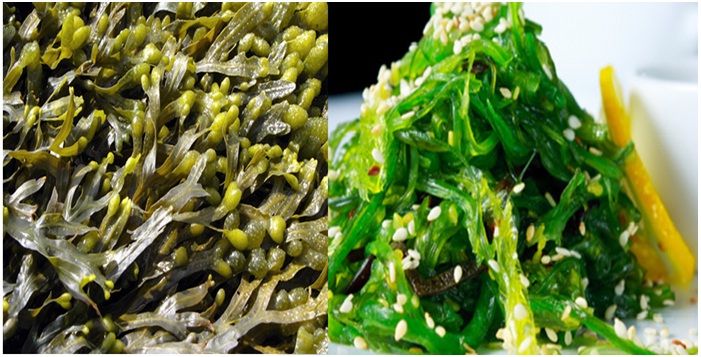
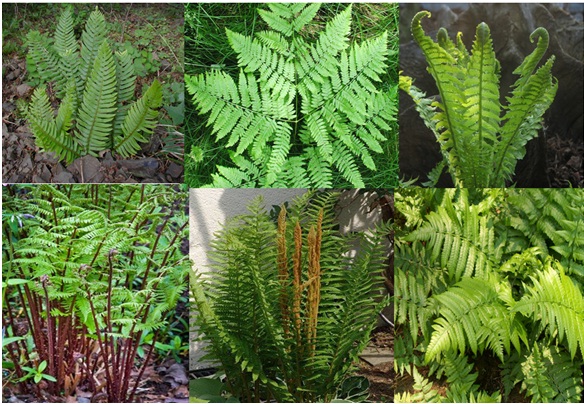
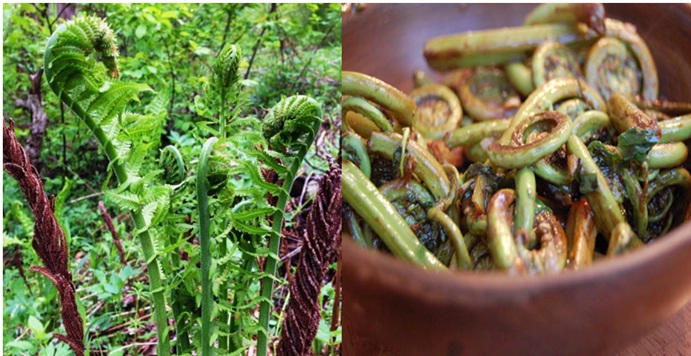
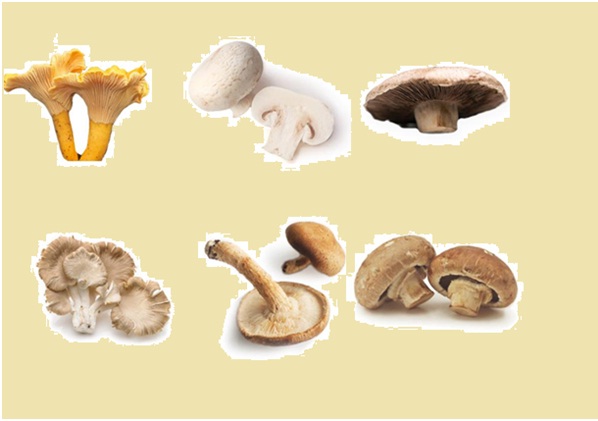
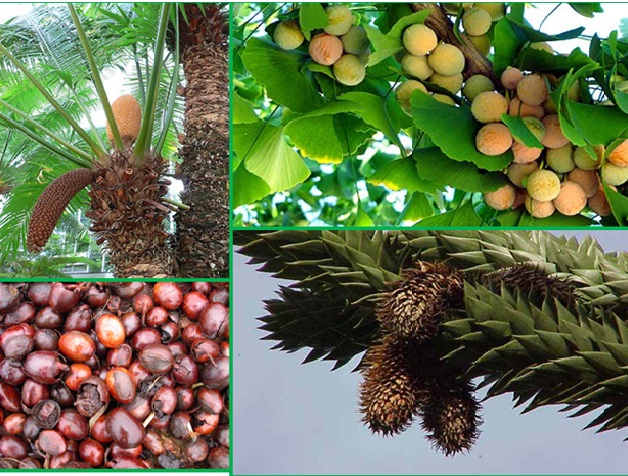
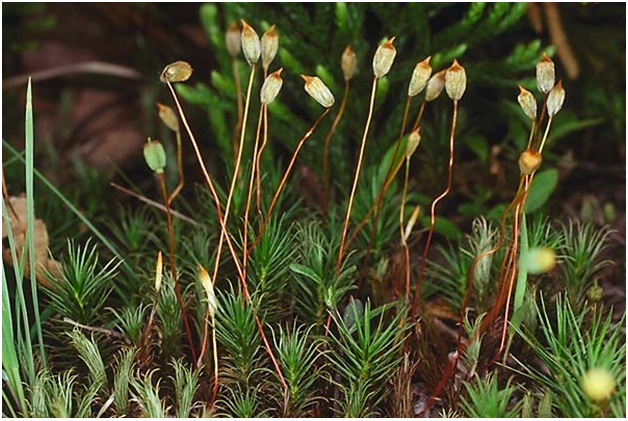













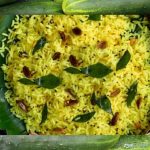
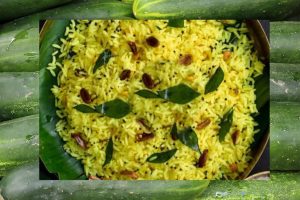



12 Comments on ““Do you know these extraordinary plants?””
WOW just what I was looking for. Came here by searching for extraordinary
plants maglie calcio poco prezzo SanoraZbz fotbollströjor MerissaCo
ChastityM maglie calcio a poco prezzo SammieKwa
You need to be a part of a contest for one of the finest blogs
online. I am going to recommend this site!
fußballtrikots RobbieNsc Fußballtrikots Kinder
Liverpool RandalBen
QIOLinelb maglie calcio a poco prezzo MoraEdmis
I think this is among the most significant information for me.
And i am glad reading your article. But wanna remark on few general things, The site style is perfect, the articles is really
excellent : D. Good job, cheers fotbollströjor LinaStein fussball trikot LanoraVit
JocelynHa fodboldtrøjer børn ChaunceyN
I am truly thankful to the owner of this site who has shared this impressive post at at this time.
fotbollströjor
My spouse and I stumbled over here by a different page and thought I might as well check things out.
I like what I see so now i’m following you. Look forward to going over your web page again. fodboldtrøjer
I’m impressed, I must say. Rarely do I encounter a blog that’s both
equally educative and interesting, and without a doubt, you’ve hit the nail on the head.
The issue is an issue that too few folks are
speaking intelligently about. I’m very happy that I came across this during my hunt
for something concerning this. fotbollströjor
Hi, I do think this is a great website. I stumbledupon it 😉 I am
going to revisit yet again since i have book-marked
it. Money and freedom is the greatest way to change, may
you be rich and continue to guide others. fodboldtrøjer
Thankfulness to my father who told me concerning
this weblog, this weblog is in fact awesome. Fotballdrakter På Nett
What’s up, its nice article concerning media print, we all know
media is a impressive source of facts. Malgia Wolfsburg MyrtleHyn Billige fodboldtr_jer EbonyLiq
Fantastic website. Lots of useful information here.
I am sending it to some pals ans also sharing in delicious.
And certainly, thank you for your effort! Magliette Juve
VadaArche billige fotballdrakter Maxinebmd
Hello! Do you use Twitter? I’d like to follow you if that would be okay.
I’m undoubtedly enjoying your blog and look forward to new posts.
Nye trøjer Benfica EvelyneBo Atletico Madrid Trøje RoxieGall
Hi Jarred, Yes we have a Twitter account. Here is the link: https://twitter.com/grandmaremedies
Write a comment